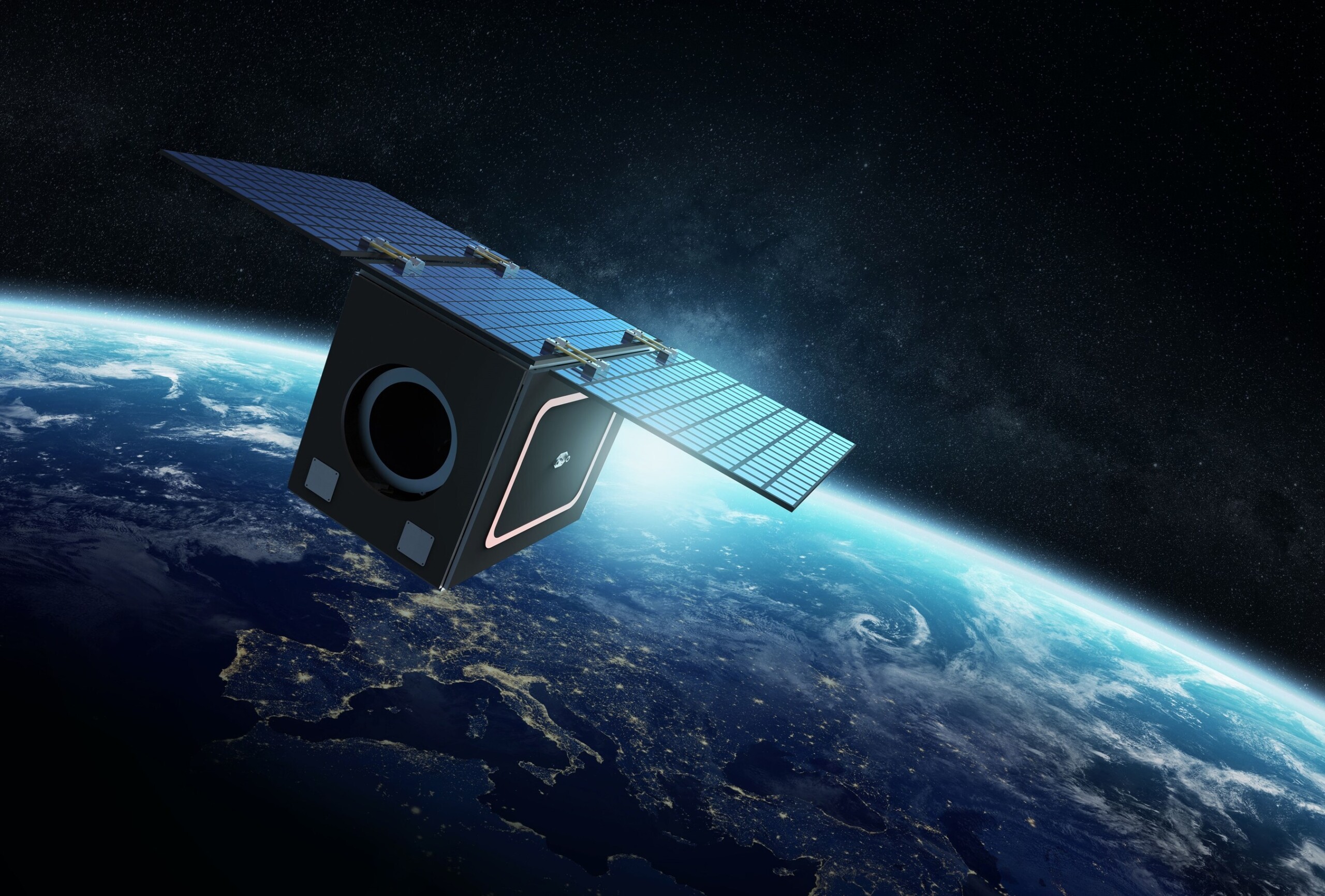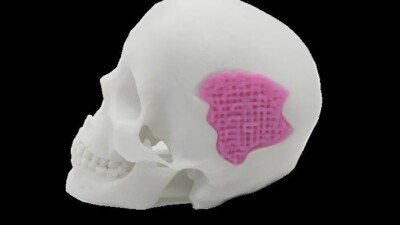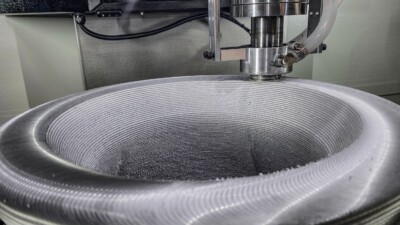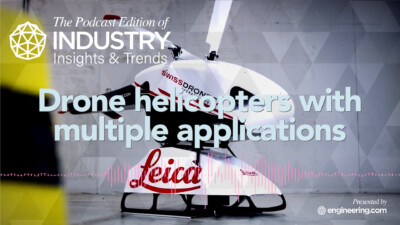3D printing solar array substrate reduces composite build times by up to six months.

Advancements in solar cell technology can be transformative, not only here on Earth but in the great beyond as well. Additive manufacturing (AM) also has a great deal of potential in space-based applications, and now these two technologies have come together in the form of a new 3D printed solar array substrate developed by Boeing.
According to the company, the new approach to manufacturing solar array substrates reduces composite build times by up to six months, amounting to a 50 percent improvement compared to conventional techniques. As part of its announcement of the new technology, Boeing has stated that flight-representative hardware utilizing this technology has already completed engineering testing and is currently progressing through the company’s standard qualification process.
The first 3D-printed solar arrays will fly Spectrolab solar cells aboard small satellites built by Millennium Space Systems. Both of these non-integrated subsidiaries are part of Boeing’s Space Mission Systems organization.
“By integrating Boeing’s additive manufacturing expertise with Spectrolab’s high‑efficiency solar tech and Millennium’s high‑rate production line, our Space Mission Systems team is turning production speed into a capability, helping customers field resilient constellations faster,” said Michelle Parker, vice president of Boeing Space Mission Systems, in a press release.
Boeing also claims that this approach enables a parallel build of the complete array, pairing a printed, rigid substrate with modular solar technologies. The company avers that 3D printing features such as harness paths and attachment points directly into each panel replaces dozens of separate parts, long‑lead tooling, and delicate bonding steps. The result is one strong, precise piece that is faster to build and easier to integrate.
“By pairing qualified materials with a common digital thread and high‑rate production, we can lighten structures, craft novel designs, and repeat success across programs,” said Melissa Orme, vice president of materials and structures for Boeing Technology Innovation. “That’s the point of enterprise additive, it delivers better parts today and the capacity to build many more of them tomorrow.”
In total, Boeing claims to have integrated more than 150,000 additive parts into its products, including more than 1,000 radio frequency parts on each Wideband Global SATCOM satellite. The new array approach is also intended to scale to larger platforms, including the Boeing 702-class spacecraft slated for release next year



